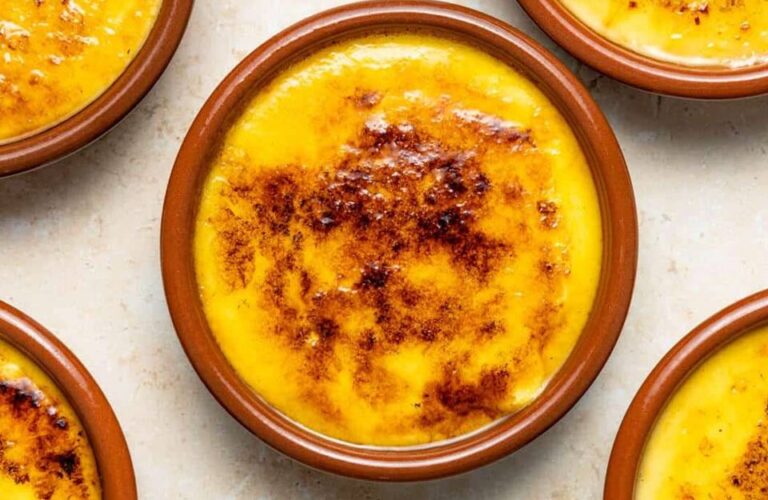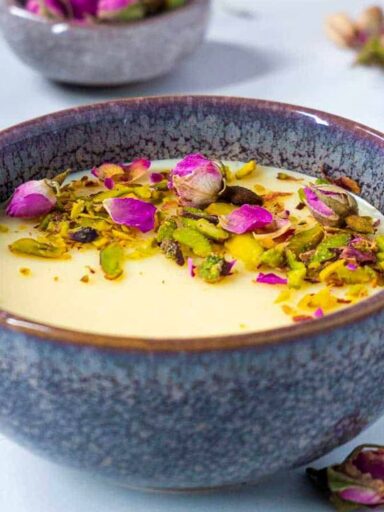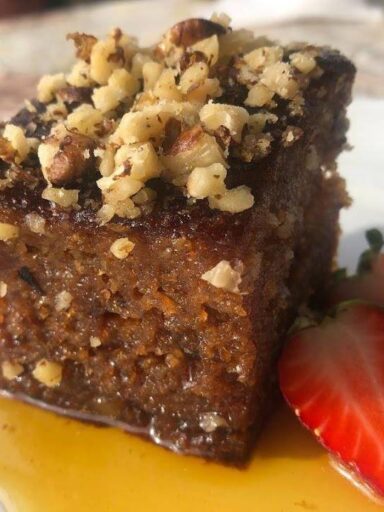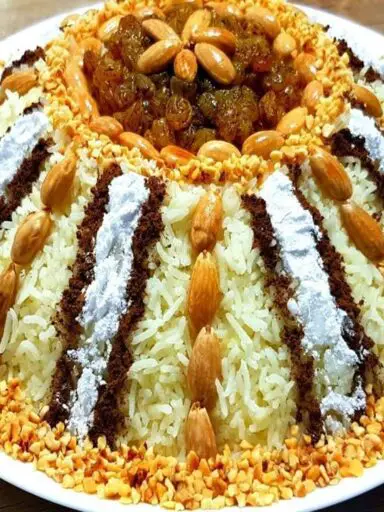A Traditional Spanish Dessert
Crema Catalana is a beloved dessert that captures the essence of Spanish cuisine with its rich flavours and silky texture. It’s perfect for impressing guests or simply treating yourself to a taste of Spain at home!
Crema Catalana holds significant cultural and social importance in Catalonia and broader Spanish culinary traditions. Here’s an exploration of its cultural and social significance
Crema Catalana Cultural and Social Significance
Historical Roots: Crema Catalana has deep roots in Catalan culinary history, dating back centuries. It is considered one of Catalonia’s most iconic desserts, showcasing the region’s rich gastronomic heritage.
Traditional Preparation: The dessert is often prepared during festive occasions and celebrations, such as Catalan holidays like Sant Josep (Saint Joseph’s Day) on March 19th, where it is a customary treat.
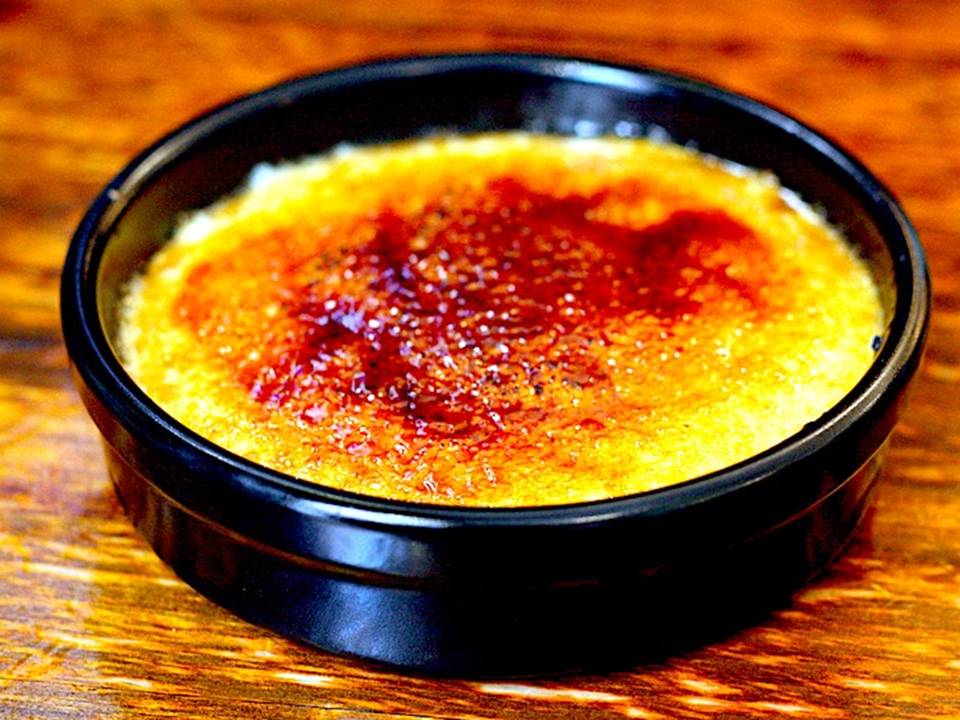
Ingredients Reflect Local Flavours: The use of local ingredients such as citrus fruits (lemon and orange zest) and cinnamon reflects Catalonia’s agricultural abundance and historical trade connections.
Culinary Craftsmanship: Making Crema Catalana requires skill and precision, from infusing the milk with citrus and cinnamon to achieving the perfect caramelized sugar crust. This craftsmanship is passed down through generations, reinforcing cultural continuity.
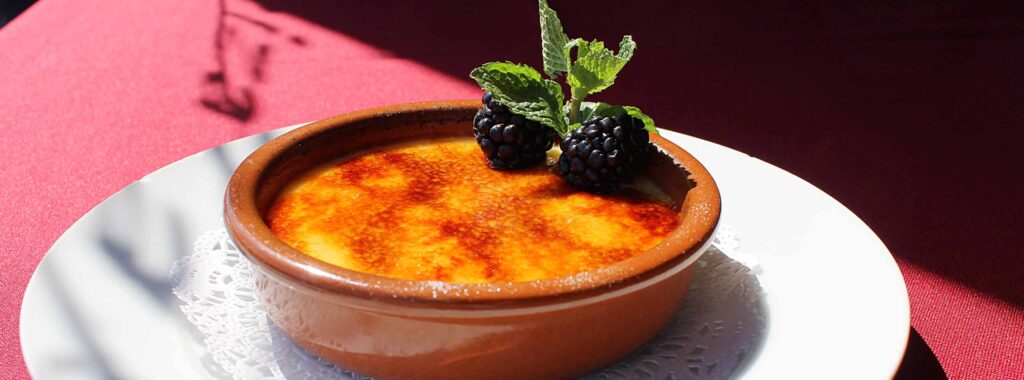
Social Significance
Shared Traditions: Crema Catalana is often shared among family and friends during gatherings, reinforcing social bonds and communal ties. It symbolizes togetherness and shared enjoyment of culinary delights.
Celebratory Occasions: Its presence at festive meals and gatherings enhances the joyous atmosphere, marking special occasions with a touch of tradition and indulgence.
Regional Identity: In Catalonia, Crema Catalana serves as a culinary symbol of regional identity and pride. Its popularity extends beyond Catalonia to other parts of Spain and internationally, representing Spanish cuisine at large.
Cultural Preservation: As with many traditional dishes, the preparation and enjoyment of Crema Catalana contribute to the preservation of Catalan culinary

heritage. Its continued presence in homes and restaurants sustains cultural practices and traditions.
Modern Interpretations
While traditional Crema Catalana remains popular, modern interpretations may incorporate creative variations in flavorings or presentation. Chefs and home cooks may experiment with different citrus fruits, spices, or even infusions with local herbs to add a contemporary twist while respecting the dessert’s classic elements.
Conclusion
Crema Catalana is more than just a dessert; it is a cultural icon that embodies the flavours, traditions, and social connections of Catalonia and Spanish cuisine. Its historical roots and social significance make it a cherished part of both everyday life and special occasions, illustrating how food can serve as a bridge between the past and the present, and among communities.
Crema Catalana is a traditional Spanish dessert similar to crème brûlée, characterized by its creamy custard base infused with citrus and cinnamon, topped with a caramelized sugar crust.
Here’s a recipe to make this delightful dessert at home
Ingredients:
4 cups (1 litre) whole milk
1 cinnamon stick
Zest of 1 lemon
Zest of 1 orange
8 large egg yolks
1 cup (200g) granulated sugar (plus extra for caramelizing)
1/3 cup (40g) corn-starch
1 teaspoon vanilla extract
Pinch of salt
Instructions:
- Infuse the Milk Mixture:
In a saucepan, combine the milk, cinnamon stick, lemon zest, and orange zest. Heat over medium-low heat until it reaches a gentle simmer. Stir occasionally to infuse the flavours. Once simmering, remove from heat and let it steep for about 15 minutes.
Strain the milk mixture through a fine-mesh sieve into a clean bowl or jug to remove the cinnamon stick and zest. Discard the solids.
- Prepare the Custard Base:
In a large bowl, whisk together the egg yolks, sugar, corn-starch, vanilla extract, and pinch of salt until well combined and slightly thickened.
Gradually pour the infused milk mixture into the egg yolk mixture, whisking constantly to incorporate. This step is crucial to temper the eggs and prevent them from curdling.
Pour the mixture back into the saucepan and return to medium-low heat.
Cook the custard, stirring constantly with a wooden spoon or spatula, until it thickens and coats the back of the spoon. This should take about 10-15 minutes. Do not let it boil.
Remove from heat and pour the custard into individual ramekins or a large shallow dish. Allow the custard to cool to room temperature.
- Chill and Caramelize:
Cover the surface of the custard with plastic wrap directly (to prevent a skin from forming) and refrigerate for at least 2 hours or until completely chilled.
Before serving, sprinkle a thin, even layer of granulated sugar over the top of each custard-filled ramekin.
Caramelize the sugar using a kitchen torch, moving the flame in a circular motion until the sugar melts and caramelizes into a golden-brown crust. Alternatively, you can place the ramekins under a preheated broiler for 1-2 minutes until the sugar melts and caramelizes.
Let the caramelized sugar cool and harden for a few minutes before serving.
- Serve and Enjoy:
Serve the Crema Catalana immediately after caramelizing the sugar crust.
Garnish with fresh berries or a sprinkle of cinnamon if desired.
Enjoy the creamy texture and delightful contrast between the smooth custard and crunchy caramelized sugar crust!
Tips:
Consistency: The custard should be thick enough to coat the back of a spoon but still pourable.
Infusion: Feel free to adjust the intensity of the citrus and cinnamon flavours based on your preference.
Caramelization: Be cautious while caramelizing the sugar to avoid burning it. A kitchen torch gives more control over the caramelization process.
